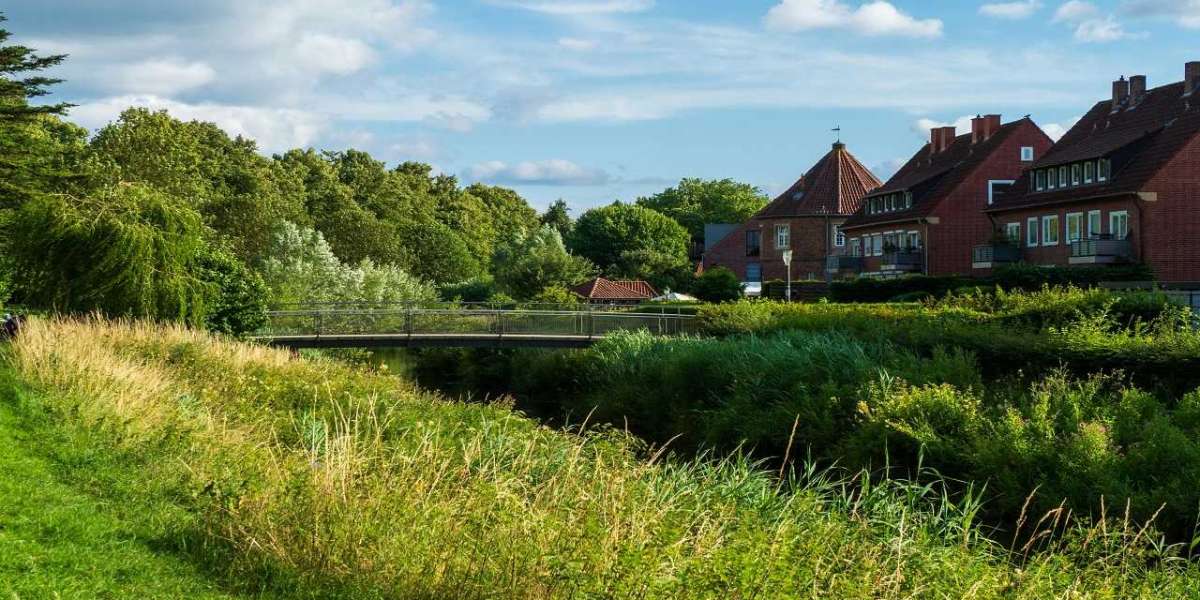Milwaukee stands at the crossroads of tradition and transformation. As Wisconsin’s largest city, it has evolved from a manufacturing powerhouse to a vibrant urban center defined by its diverse communities, innovative industries, and ambitious redevelopment projects. Understanding the forces shaping Milwaukee’s urban growth is crucial for residents, policymakers, and anyone interested in the dynamics of American cities. This article explores seven essential insights that reveal how Milwaukee’s past, present, and future are intricately connected through its people, infrastructure, and aspirations.
The Historical Roots of Milwaukee’s Urban Landscape
Milwaukee’s urban identity is deeply rooted in its 19th-century origins. Early waves of German, Polish, and other European immigrants settled along the city’s rivers, establishing neighborhoods that still bear their cultural imprints. The city’s location on Lake Michigan and its access to rail and water routes fueled industrial growth, drawing workers and entrepreneurs alike. These historical patterns laid the foundation for today’s neighborhoods, many of which retain distinct architectural styles and community traditions. The legacy of this era is visible in Milwaukee’s historic districts, breweries, and public spaces—reminders of a city built on resilience and adaptation.
Demographic Shifts Shaping Modern Milwaukee
In recent decades, Milwaukee has experienced significant demographic changes. The city’s population is increasingly diverse, with growing Latino, African American, and Asian communities contributing to its cultural tapestry. This diversification has brought both opportunities and challenges, influencing everything from local politics to public education. As new generations settle in Milwaukee, they bring fresh perspectives and entrepreneurial energy, reshaping the city’s social fabric. Understanding these demographic trends is essential for anyone seeking to engage with Milwaukee’s evolving identity and address issues of equity and inclusion.
Economic Drivers and Urban Development
Milwaukee’s economy has undergone profound transformation since the decline of traditional manufacturing. Today, sectors such as healthcare, education, technology, and advanced manufacturing drive local growth. The city’s downtown and waterfront areas have seen substantial investment, with new office buildings, residential complexes, and cultural venues revitalizing once-neglected spaces. These developments are not without controversy, as debates continue over gentrification, affordable housing, and the displacement of long-standing communities. Still, Milwaukee’s economic diversification is a testament to its ability to adapt to changing times and attract new talent.
Infrastructure and the Role of Precast Contractor Milwaukee
Modern urban development in Milwaukee relies heavily on innovative construction techniques and robust infrastructure. The city’s rapid expansion and redevelopment projects often depend on the expertise of specialized firms, such as a precast contractor Milwaukee. These contractors provide essential components for bridges, parking structures, and public buildings, enabling faster, more durable construction. Precast concrete solutions are particularly valuable in urban environments where minimizing disruption and maximizing efficiency are priorities. As Milwaukee continues to grow, the integration of advanced construction methods will play a pivotal role in shaping its skyline and supporting its communities.
Innovative Construction Methods in Urban Expansion
The adoption of precast and modular construction methods reflects Milwaukee’s commitment to modernization. These techniques reduce construction timelines, improve safety, and lower long-term maintenance costs. By leveraging new materials and technologies, the city can address the demands of population growth while preserving its architectural heritage. This balance between innovation and tradition is key to sustainable urban development.
Neighborhood Revitalization and Community Engagement
Milwaukee’s neighborhoods are at the heart of its urban renewal efforts. Initiatives aimed at revitalizing commercial corridors, improving public spaces, and supporting local businesses have sparked a renewed sense of pride and community engagement. Grassroots organizations and city agencies collaborate to address issues such as vacant properties, crime prevention, and youth empowerment. These efforts are critical for ensuring that all residents benefit from the city’s growth and have a voice in shaping their neighborhoods’ futures.
Environmental Challenges and Sustainable Solutions
Like many urban centers, Milwaukee faces environmental challenges related to air and water quality, stormwater management, and climate resilience. The city has responded with innovative solutions, including green infrastructure projects, river restoration, and expanded public transit options. Efforts to create more walkable, bike-friendly neighborhoods also contribute to a healthier urban environment. Sustainability is increasingly seen as integral to Milwaukee’s long-term prosperity, guiding decisions on land use, transportation, and energy.
The Future of Milwaukee’s Urban Identity
Looking ahead, Milwaukee’s urban growth will be defined by its ability to embrace change while honoring its heritage. Investments in education, technology, and infrastructure will shape the city’s competitiveness in a global economy. At the same time, fostering inclusive communities and preserving historic assets will ensure that Milwaukee remains a place where people from all backgrounds can thrive. The city’s future depends on collaborative leadership, innovative thinking, and a shared commitment to building a more equitable and vibrant urban landscape.
Conclusion
Milwaukee’s journey from an industrial hub to a dynamic urban center offers valuable lessons for cities everywhere. By understanding the historical, demographic, economic, and environmental factors driving its growth, stakeholders can make informed decisions that benefit all residents. As Milwaukee continues to evolve, its greatest strength will be the resilience and creativity of its people working together to shape a city that honors its past and looks boldly to the future.












